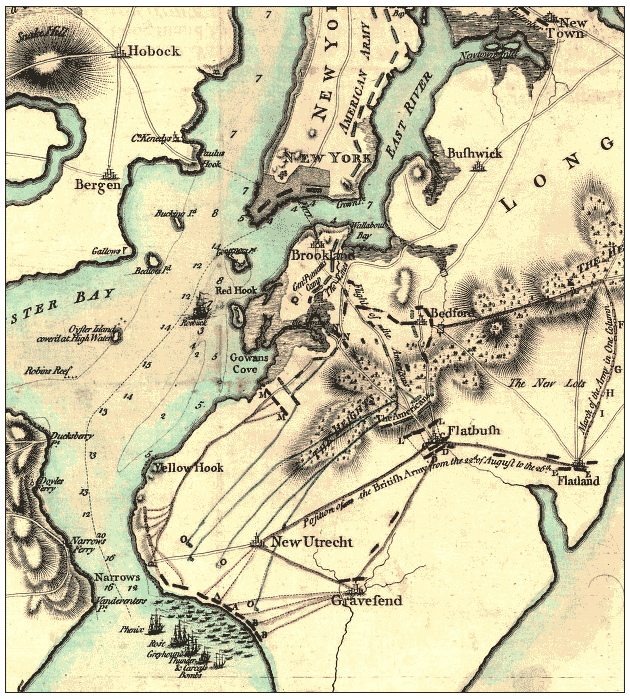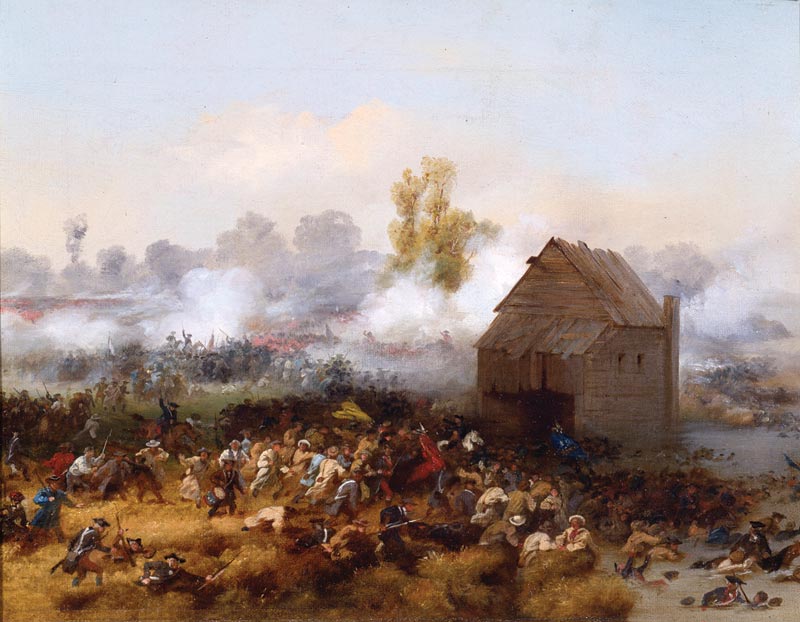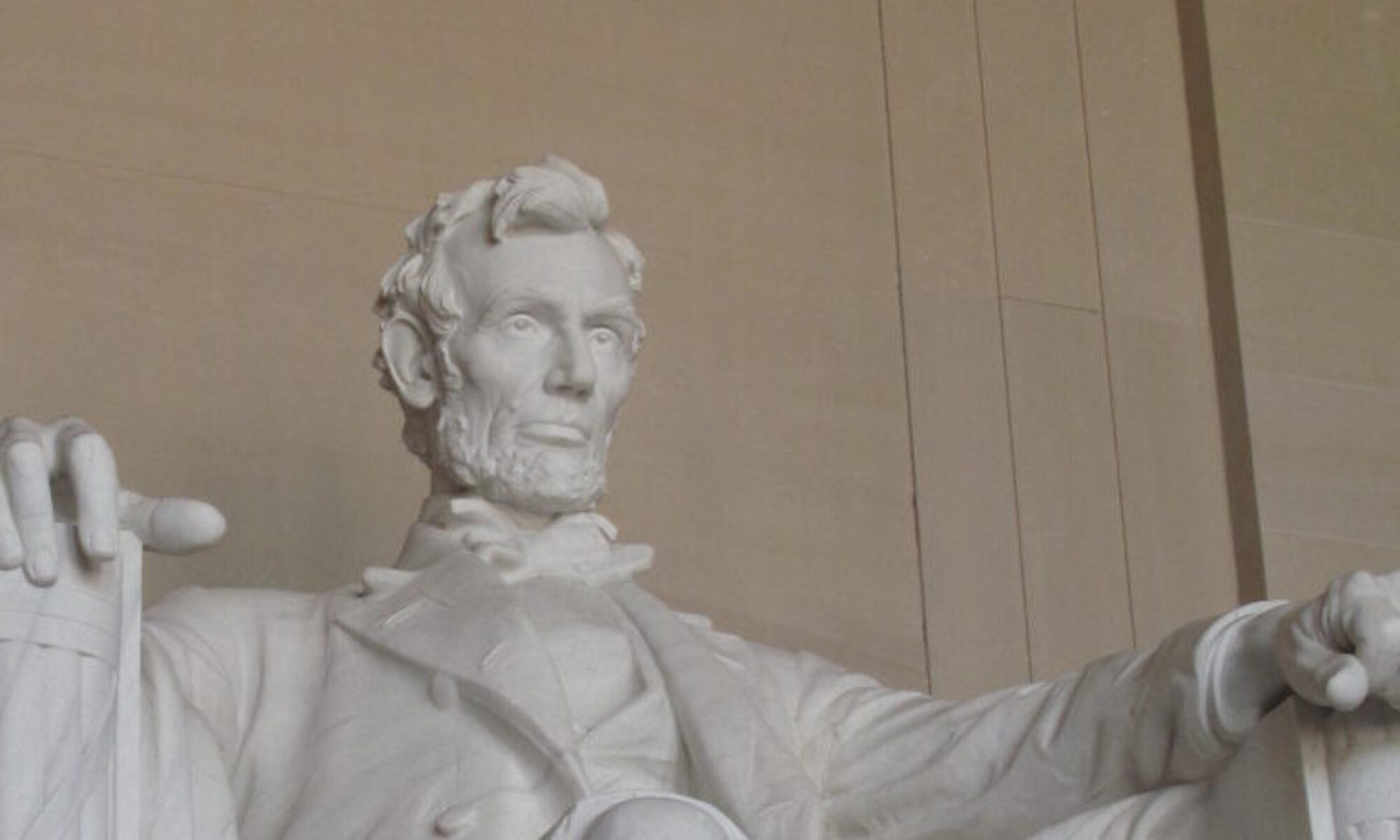 The British Advance The Battle of Brooklyn 1776
The British Advance The Battle of Brooklyn 1776
Somewhere, beneath the brownstones and newly chic coffeehouses and restaurants of the Gowanus district of Brooklyn, New York, transected by the busy streets of 3rd street and 4th avenue, lies a mass grave. Buried by centuries and concrete, tens of thousands of people daily unknowingly walk over heroes, several hundred lain together head to foot, placed there by invading British armies in August of 1776. Attempts over the years to identify the hallowed ground, and memorialize appropriately these men of an another age and another time, have proved fruitless. The place, once country berm against a small creek known as Gowanus, has likely been erased by history and the massive growth of a modern metropolis. Yet , somewhere beneath the raging civilization, they are there, the remnants of the 1st Maryland, known as the Maryland 400, who took it upon themselves, to sacrifice themselves, and save a nation.
The people who participated in the Revolutionary War for American Independence required a will and internal rectitude of such supreme depth to accept the challenge of defeating the greatest military power on earth, that it at times of crisis, many assumed the hand of divine providence. John Page declared , in his 1776 letter to Thomas Jefferson, “Do you not think an angel rides in this whirlwind, and directs this storm?” At the center of the whirlwind, of course, was not the epic philosopher Jefferson, but, like all conflagrations, the every day citizens that left their nondescript worlds to put their lives at risk for a cause they felt greater then themselves. As through history, men of similar geography and life view formed militias in their home towns, and met up with their like minded neighbors, to form regiments. In a world where the violence of the battle and the paucity of medical knowledge to prevent disease among congregated men or respond appropriately to injury made the risk of dying a palpable reality, the cause had to be clear and indisputable to risk all. The ideas of equality and freedom, not just for the elite, but for every man, was just such a powerful elixir. Among the most capable and the most committed, was the 1st Maryland. The men of Maryland were acutely aware that their colony had been formed on revolutionary principles — particularly, religious tolerance, at a time of rigid religious segregation. This innate binding of people to accept other placed Maryland at the forefront of colonies that could understand the implications of a document such as the Declaration of Independence. It brought the 1st Maryland a reputation of being one of the most accomplished, courageous, and committed regiments of General George Washington’s fledgling army.
The world forever changed on July 4th,1776 with the Declaration of Independence. A treatise that stated men were not so much bound by their ancestry but the revolutionary concept of a set of ideals opened the world to inexorable tumult between the traditions of tribe and king, and the enlightened view that every man should be his own king. On the North American continent, the ideas were so compelling that it determined to pit men against the greatest economic and military power on earth in Great Britain. The British King, King George III, was certainly not of a mind to allow such heresy to take root and fragment off a massive portion of his worldly dominion, and determined to ruthlessly crush the revolt. He was not interested in drawn out affairs. He sent a massive transoceanic invasion force of 35,000 to snuff out a wisp of optimism that may have been gleaned by the Americans in their unexpected achievement of the ignominious withdrawal of British forces from Boston the winter of 1775. Despite the massive expanse of the American colonies, there were only three populations centers of any significance, Boston, New York, and Philadelphia, and the British military plan was to capture New York, carve the rebellion in half, and take care of each residual remnant separately. The Continental Congress promised General Washington a fighting force of 28,000 men, but the reality between a professional fighting force, and a ragtag conglomeration of disparate militias, was acutely apparent. The brief ebullience of the July Declaration quickly gave way to dismay, as a very real professional fighting force of 32,000 men, 3000 supporting navy delivered by over 100 royal fighting ships disembarked on Staten Island, preparing to deliver a knockout blow to the American rebel contingent guarding the city. The rattled Americans could see the daily accumulation of an invasion force many times their own , and given the dominance of the royal Navy, no chance to do anything about it. General Washington, unsure of British invasion beach, hastily determined to split in half his already outnumbered army, and managed only to sew confusion in the ranks and weaken his resistance capacity further. On the morning of August 22nd, no further guessing was necessary as seasoned troops began to transit across the harbor to Gravesend Bay, landing on the south shore of Long Island. By noon there were 15000 troops including thousands of Hessian troops, considered among Europe’s finest, disembarked and facing a spread out, ill equipped and panicked 6000 Americans. Generals Clinton and Cornwallis pinned the frontline troops at Guan Hills while a flanking maneuver fairly easily crushed inward the American’s left flank. Almost immediately, desperation set in. In short order, half of the entire American continental force was cratering and at risk for being entirely surrounded, and the war was in danger of being over before it had practically begun.
General Washington, viewing the unfolding calamity from Brooklyn Heights, against the East River, realized only a hurried, dangerous retreat across the river to Manhattan offered any temporary salvation. Some event would have to buy him time, and it would take asking the impossible of panicked retreating men to attack against all odds, to gain that time. With the retreating army piecemeal and chaotically drifting toward the heights, it fell to the several hundred men of the 1st Maryland guarding the south banks of Gowanus Creek near the old stone Vechte- Cortelyou farmhouse, coalesced under the leadership of Lord Stirling. A Scottish lord peerage achieved through lineage, Lord Stirling (William Alexander) was every bit American born and bred. He was a trusted confidant of Washington’s, an unconflicted American patriot, and stepped forward to take on the task with his troops. Known forever as the Maryland 400, the fighting force was likely closer to 275 battle capable troops, facing at least five times the opposing British force, led by General James Grant. Facing insurmountable odds, the Marylanders managed as many as five separate charges into the teeth of the advancing British army, facing artillery against flint muskets, often engaging in desperate hand to hand combat. Where minutes mattered, the regiment managed to hold off the British for over four hours with savage sustained attack — until there was essentially no regiment left. Behind the brave charges, thousands of American soldiers made it to the heights, escaping to Manhattan, to fight another day. It was estimated less than 20 Marylanders survived the battle.

We are privileged on Memorial Day to take a moment to reflect on the sacrifice of so many to allow us to live out our lives in a land of freedom. Very few understand how rare in human history this concept of universal freedom is, and how extraordinarily fragile such freedom truly is. It has been borne on the back of enormous individual sacrifice, that at most times, was given with little faith in a successful outcome or sufficient reason for the sacrifice. More often than not, it was given to protect the fellow human along side that perhaps would survive to enjoy someday the preservation of those freedoms, the freedom to live an eventful and self determined life. We owe so much to all who have given limb and life in defense of an indivisible truth that all people are worthy and all opportunity for happiness is shared.
With a marauding, overwhelming British force and a collapsing army, no 1st Marylander could expect that their individual sacrifice in the middle of a whirlwind, could possibly effect the ultimate outcome in the slightest. But they were determined to give their lives at least trying to hold their freedoms to their last breath, and in so doing, in the middle of the whirlwind, gave the angels time to make miracles happen.
Somewhere beneath the bustling metropolis of Brooklyn, New York, lie 256 Marylanders, lain by their British foes in a mass grave, facing east and towards the rising sun, brother to brother.
Thanks to my father, and all veterans, who served and sacrificed for their country, on this Memorial Day.
